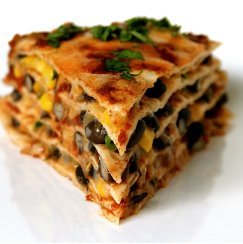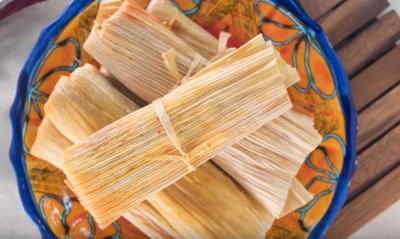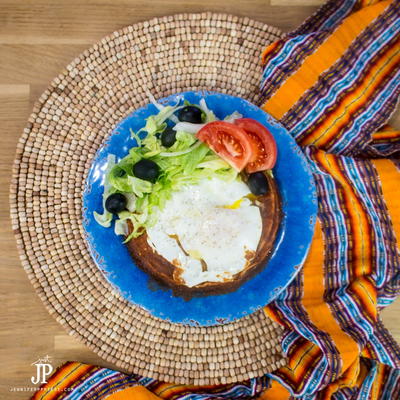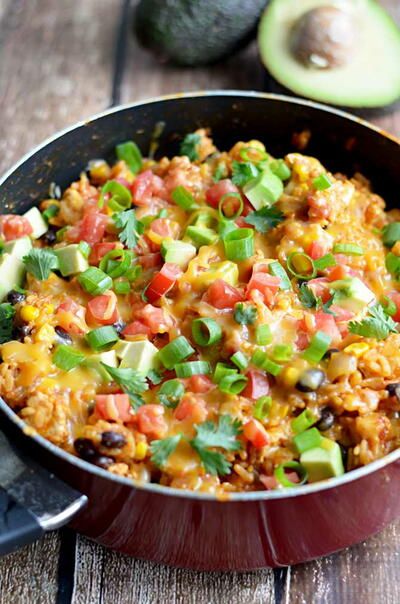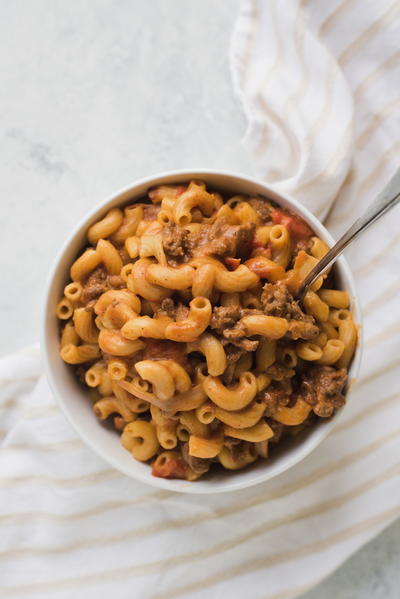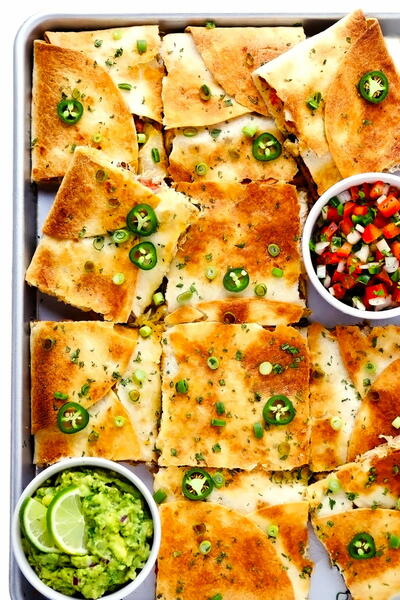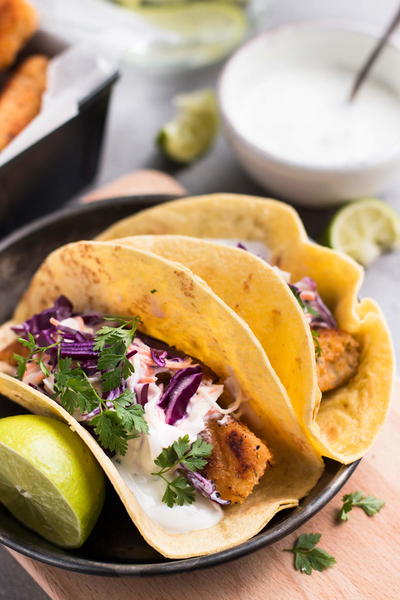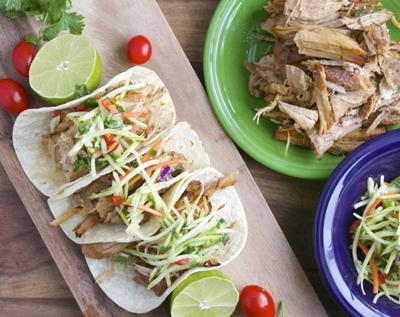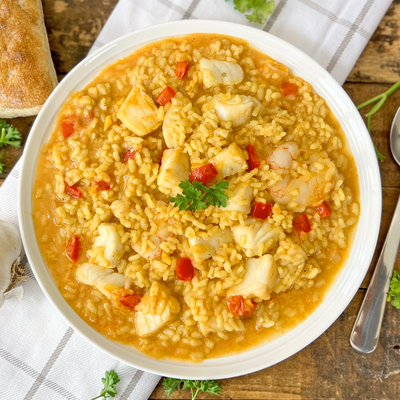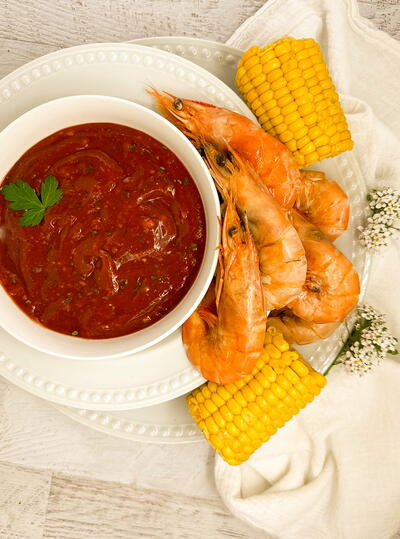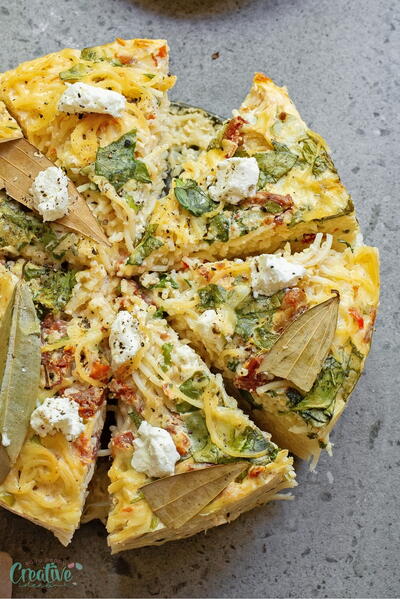Chicha En Ingles
Ingredients
- Chicha (corn beer) is made in South and, to a lesser extent, Central
- America. Unlike African opaque beer, it is not brewed commercially,
- but instead is made and served in what sound to me like wee tiny
- brewpubs. An abbreviated version is also made in people's kitchens.
- Chicha is consumed whilst still fermenting and so is low in alcohol.
- It is often spiced and may also be served with fruit.
Instructions
(for 1-1/2 gallons) 1.5 lbs jora (malted corn) 1 lb piloncillo (akin to brown sugar) Spices Nottingham dry yeast Procedure: Mash for 90 minutes at 160F. We did two 1.5 gallon batches, each spiced differently (one with curacao/coriander, the other with allspice/cinammon). We would rather have used a higher proportion of jora, but on brewday we discovered that our ability to determine the weight of things is seriously imparied. Instead of the 4.5lbs we thought we had, we found we had only 3lbs of jora. Rather than readjust (the OG would have been more appropriate at ~1.045 in any case), we added more sugar, a course of action that was inspired by homebrewed Weizen as much as anything else. The result is a very tasty beverage, pretty big all the way around on corn, and yet the flavor is quite subtle. Be warned that chicha is at its peak 2 to 4 days after pitching while it still retains some sweetness and body. Once the chicha ferments out, you are left with a fairly bland beverage that reminds me of iced tea more than anything else. If I'd been thinking (chicha lends itself to gulping), I would have kegged the stuff on the third day after pitching and stuck it in the fridge. While we took the trouble to grow our own (blue) corn, I see no reason why one could not start with good ol' yellow corn from the grocery store (domestic 20-row?) In fact, I plan on doing this if only to see what kind of chicha it makes. Specifics: OG: 1.055 FG: 1.012 Types of Chicha - So far, there appear to me to be several main ways in which chicha de jora is made. These range in difficulty from trivial to a process almost indentical to what barley-beer homebrewers are familiar with. Facil (easy) - Corn is mixed with water and sugar and allowed to sit for several days until the corn begins to germinate. The sugar ferments and the corn, lending nothing fermentable, adds flavor. Abbreviated - The jora is mashed but the mash is ultimately brought to a boil, allowed to settle, and the clear liquid, or upi, now finished chicha, is drawn off. Traditional - Similiar to the Abbreviated method, but the jora is mashed and the mash is allowed to settle. The upi is drawn off the mash into a separate vessel for boiling. Modern - The ground jora is mashed and lautered through some sort of filtering device such as a manifold or false bottom. This process is helped by the inclusion of some crushed malted barley (Barley Assisted). The first is apparently how much chicha is made in people's kitchens. Bill Ridgely describes most of the others in his articles. Also note that the methods that include mashing use a batch sparge. That is, the sweet liquor (upi) is merely drained from the mash and there are no continuous additions of sparge water to the surface of the mash. Certainly sparging can be performed if desired, but it is neither traditional nor necessary (corn kernels have no husk and therefore do not form a filterbed). Chicha is traditionally allowed to spontaneously ferment. For the last type (Modern), George Duarte suggests that ground, unmalted corn could be mixed with a small amount of crushed 2-row malted barley and boiled for 20 minutes or so to gelatinize the starch in the corn. This gooey mass would then be added to more water and barley malt and mashed as per 'normal' homebrew procedures. This could probably be sparged as usual CHICHA DE JORA Maiz amarillo Clavo de olor chancaca Se siembra muy superficialmente el maiz, el terreno debe de estar algo humedo y cuando comienz a brotar se recoje colocandolo al sol por unas horas, despues se muele, esta es lo que se llama JORA. La jora se pone a cocinar en una lata de agua con un poco de clavos de olor, no se puede dejar de mover porque es muy facil de quemarse. Se deja hervir por 8 horas, agregandole agua cada vez que se consuma. Despues de esto se cuela por una tela tosca como el linon, se deja enfriar y se echa en una vasija de barro con una buena cantidad de chancaca. Se tapa y se deja fermentar ocho dias. Se mueve de vez en cuando. Chicha de Jora (variedad de mamz): 1 Arroba de mamz germinado Hojas de Eucalipto tierno 20 litros de agua aproximadamente Azzcar (opcional) Sobre un plastico extendido en la tierra poner el mamz, cubrir con ramas de eucalipto tierno. Taparlo con otro plastico y encima piedras grandes que compriman biin el conjunto. Aproximadamente a la semana el mamz germinara y se pondra de color marrsn claro. Moler todo no demasiado menudo, un poco granulado. En un recipiente llevar a ebullicisn unas 6 horas. Sin dejar enfriar colar en una tela para separar el lmquido de lo espeso. Lo espeso se tira y lo lmquido se deja fermentar unos 3 o 4 dmas ( a mas dmas mas fermenta y mas grado alcohslico). ! SALUD ! Chicha de Cebada 1 kg. de Cebada con cascara 2 litros de Agua Azucar Canela Clavo Tostar la cebada a un color ligeramente tostado. Hervirla con el agua, canela y clavo hasta total cocisn de la cebada. Colar y endulzarla con el azucar. Colar y el lmquido fermentar durante 3 o 4 dmas. ! SALUD ! Chicha de Yuca Yuca fresca Una pequeqa cantidad de agua Mascar la yuca hasta reducir a pasta y arrojar en un recipiente con un poco de agua. Dejar macerar unos 3,4 o 5 dmas. Una vez fermentado ya se puede tomar.
Read NextChicken Sheet Pan Quesadilla

